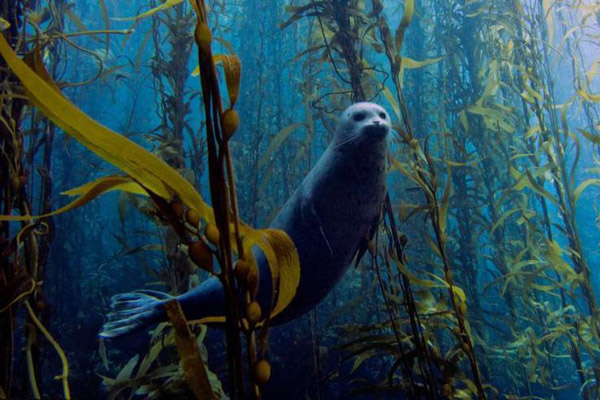
A group of British marine scientists are digging into the ocean's "twilight zone" to understand the processes involved in carbon transport in the oceans.
As CRI's Victor Ning reports, the scientists are hoping that the research will lead to better predictions of global environmental change.
The "twilight zone" refers to the area between 100 and 1000 metres deep where a small amount of sunlight can still penetrate.
The region is packed with ocean life that plays a key role in keeping atmospheric carbon-dioxide levels 30-percent lower than they otherwise would be.
Previous scientific instruments are typically designed to either sink to the ocean floor or float on the surface.
Professor Richard Sanders with UK's National Oceanography Centre is leading a team to devise an instrument called PELAGRA, or pelagic lagrangian sediment trap, which can suspend within the area.
"So what this does is it samples the bit between about 50 and 500 metres, that's where a lot of the action is. We've got stuff sinking and there are lots of organisms that live there eating it. And what we want to know is what they're doing. What this device does is it captures the flux at different depths in that depth range, so we can work out what the organisms that live there are doing."
PELAGRA's sediment traps will help scientists calculate the carbon entering the oceans by providing a sample of the volume of sediment, known as "marine snow" that sinks in a given period of time.
Ocean Biochemist with the NOC Dr. Stephanie Henson explains.
"So, marine snow is composed of dead phytoplankton which sort of clump together to form flakes and then they're heavy enough to sink down into the deep ocean. It can also be formed of little animals which eat the little plants and then they poop out that carbon, and then their faecal pellets are very heavy and they sink down to the bottom of the ocean, also carrying lots of carbon with them."
She said scientists have known about marine snow's carbon-absorbing mechanism for over half a century.
However, it was not known until now that technology has allowed for accurate measurements.
The team is preparing to conduct two missions in the South Atlantic Ocean.
"And this new project that we're working on is going to try and figure out what kind of things control when and where we get this marine snow occurring, how much carbon it takes down into the deep ocean and, ultimately, the data we collect, we're going to build new models which are going to help us to better predict the ocean storage of carbon and its impact on the climate."
Henson said the research will lead to more advanced computer climate models that could more accurately predict future climate change.